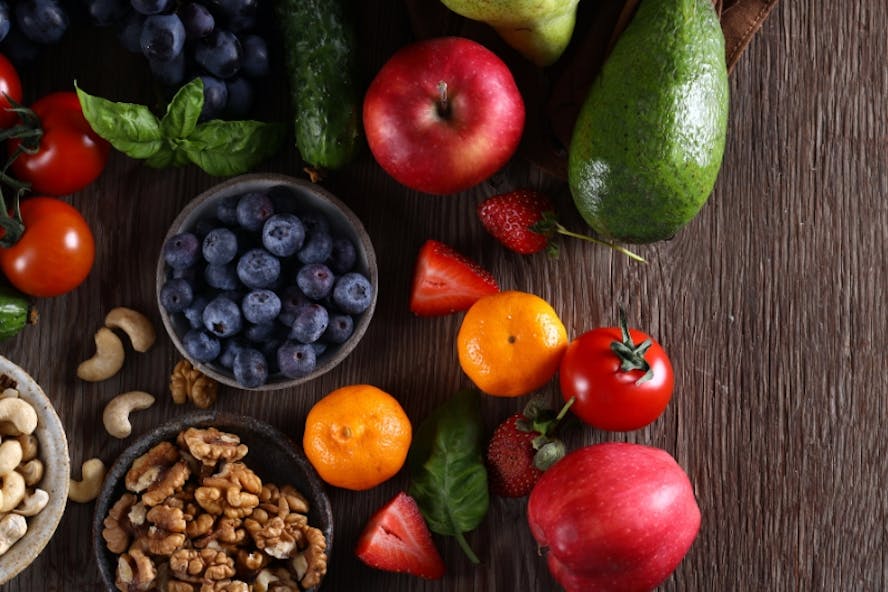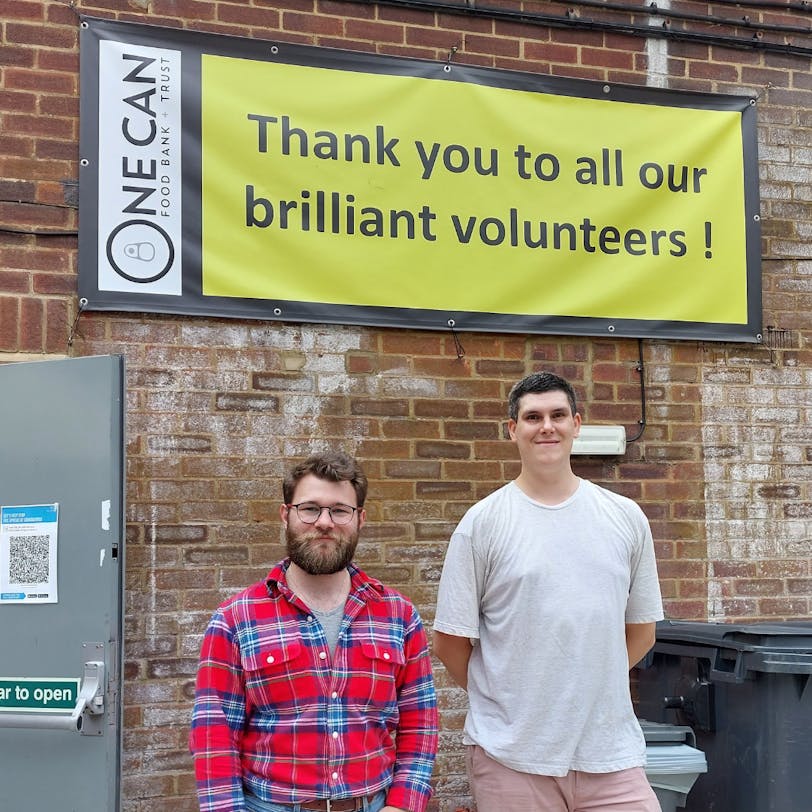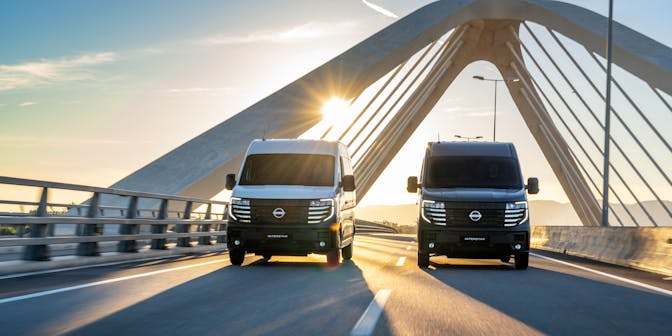Decarbonising Your Diet: 5 Ways to Make Low Carbon Food Choices
Looking to incorporate more low-carbon foods into your weekly meal plan? Read ahead to discover some super easy ways to ‘’eat green’’ in a way that doesn’t mean lettuce leaves for dinner. Grubs up!

According to recent studies, 80% of the public is concerned or very concerned about climate change. What’s more, they believe the way we live our lives will need to change to address it.
That’s why DriveElectric is on a mission to raise awareness of how we can all do our bit to reduce our carbon footprint - no drastic changes necessary.
Three times a day (or more, if you’re feeling particularly peckish), we’re faced with a decision on what to eat next. This happens pretty subconsciously in modern-day life. Whether you’re trolly dashing down the supermarket aisles or grabbing a quick bite while waiting for your EV to charge, it’s easy to overlook the carbon footprint of the foods we consume every day. While calories are plastered on the front of packaging - there’s very little transparency about the climate, environmental, or social impact it’s had.
What if we did take a moment to weigh up where the ingredients have come from - or how they’ve been packaged - before we throw them in our basket? This would be second nature if we were living in a perfect green world. But for now, we can only achieve that if we have the education and knowledge to get us there.
Over the last few blogs in our Decarbonise Your Diet series, we’ve served up some facts on the impact of the food supply chain, the incentives in place to support more sustainable farming methods, and whether food miles really are something we need to run from. Next up, let’s get onto the action we can all take part in: making more low carbon food choices.
Who’s hungry?
1. Eat seasonally
Eating what’s in season comes with a whole host of benefits - from all-around better taste and more affordability right through to higher nutritional content. But it’s also a great way of supporting your local farmers and suppliers.
While food miles aren’t as bad as initially thought, the way things are grown or how they’ve been transported to your table are two factors well worth considering.
For example, berries grown out of season are flown in (also known as air-freight food) - coming with a large environmental impact. To help sidestep this, small changes like switching up strawberries for local apples on your porridge can make a big difference. But it’s not always quite that simple.
If you were to decide on a caprese salad in the middle of winter, you’d actually be better off buying them from a warmer country as opposed to the UK. This is because we don’t have the heat to allow them to grow during cooler months, and so need to be grown in high-carbon gas-heated greenhouses.
2. Cut down on food waste
Food waste accounts for half of the global food system emissions - and UK households throw away a whopping 4.5 million tonnes of perfectly edible food every year. This then ends up in landfill, all while contributing to wasted energy, land, and transport. Fortunately, there’s plenty of ways we can get savvier when it comes to saving our food.
Start small by investing in some new Tupperware to store your leftovers - this can help to extend their shelf life, all while encouraging you to save your money by not needing to buy more food. It’s a win win!
Meal planning is another great way of cutting back on food waste. Get inspired with some new seasonal recipes to try and write down your ingredients list before going to the shop. That way, you’re buying exactly what you need - no more, no less. It’s also wise to check what you already have at home so that you’re not doubling up.

Other simple hacks to tackle food waste include:
- Freezing foods.
- Composting your veg.
- Donating to food banks.
- Buy ‘wonky’ produce.
- Understanding the difference between ‘best before’ and ‘use by’ dates.
Try the 7-day food waste challenge for a heads start!
3. Buy less plastic
We all know plastic is problematic for polluting the planet through its entire life cycle. The production process alone generates high levels of global greenhouse gases. When you factor in how much is dumped in the oceans (try 8-10 million tonnes every year) and the ever-growing landfill waste, switching to plastic-free food choices is a no brainer.
Promisingly, many food manufacturers and brands have already made big leaps in changing to plastic-free packaging - and this movement is only going to continue accelerating as we near net zero. You can do your bit by choosing these products over the plastic alternatives. Pretty easy.
Remembering to bring your reusable bag to the shops and buying loose veg in paper bags are also super accessible ways to embrace the plastic-free movement. Sure, it may seem like a faff when the convenience of a ready-packaged pack of potatoes is next to the loose - but it doesn’t take long to adjust.
Plus, once you realise the reduction of plastic in your bin, you’ll no doubt feel empowered to keep going. We like to call this the ‘eco-effect’!
4. Shop locally

We’ve mentioned how shopping locally can make a positive impact on your local economy, as well as encouraging you to choose more seasonal foods. But it’s also a great way to reduce your own carbon miles by not needing to jump in the car.
Walking or cycling to your nearest independent shop (as opposed to driving to a large supermarket out of town) means you’ll be cutting down on your carbon footprint without even realising.
While we all need to make that bigger trip every now and then, opting to head to your local farm shop or food market offers a whole new experience. It gives you the chance to get to know your suppliers and gain a new appreciation for where your food has come from. This will instantly boost your way of thinking as a consumer - making you think a little more about how it ended up on your plate.
Cutting back on car journeys could also look like sharing lifts with friends (even better if you’re driving a fully electric vehicle!) or taking a bus. Small changes, big differences.
5. Reduce your meat and dairy intake
Livestock continues to be a significant contributor to climate change due to the highly unsustainable production processes. According to studies, veganism is the ‘single biggest way’ of reducing our environmental impact. In fact, reducing your meat and dairy intake could reduce your carbon footprint by almost three-quarters. That’s a whole lot of good.
If you’re an avid meat-eater, simply incorporating more vegetarian or vegan meals in your meal rotation can still have a positive impact. An Oxford University study indicates that switching just one red meat meal for a plant-based alternative every week has the potential to slash the UK’s carbon footprint by an impressive 50 million tonnes.
There’s plenty of tasty ways to go about this, too. Swapping your meat for proteins such as pulses and legumes is not only more planet-friendly, but they also make for super healthy (and affordable) additions to your diet. Along with eating more low-carbon fruit and veg and giving dairy-alternatives a go in your morning latte, you’ll be surprised how easy it is to make those small sustainable switches.
Want to learn more about the ways EVs can help you make impactful cost and carbon savings?
Here at DriveElectric, we’re passionate about helping UK drivers get on the road to net zero.
More guides
6 surprising things you didn’t know about electric vans

Understanding Vehicle Excise Duty (VED) or "Road Tax" for EVs
How to save money on a new car with Salary Sacrifice
